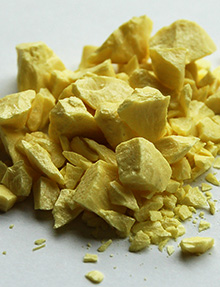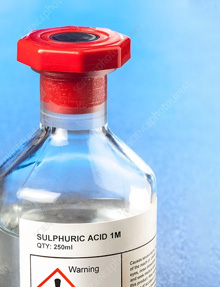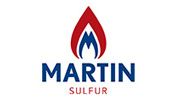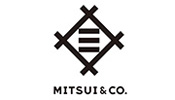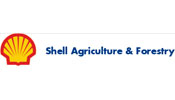Industry News
- Trump tariffs threaten big shift to corn as inputs get pricier
-
(MSN) - President Donald Trump’s slew of tariffs means American farmers may not make that big shift to corn after all.
- Read More
- Trump EPA begins rolling back Biden electric vehicle 'mandate' in 'biggest day of deregulation in American history'
-
(MSN) - President Trump’s Environmental Protection Agency began the process Wednesday of rescinding vehicle fuel efficiency standards that Republicans have called a de facto “electric vehicle mandate,” The Post has learned.
- Read More
- Trump tariff threats are pushing Canada's largest oil producer to break its dependence on the U.S.
-
(MSN) - The deeply integrated North American oil and gas market stands at crossroads, with Canada's largest oil producer warning that it will diversify its exports away from the United States if President Donald Trump's tariff threats do not end.
- Read More
Member News
- Chevron boosts oil and gas recovery from two offshore facilities in U.S. Gulf of Mexico
-
(WO) – Chevron Corporation started water injection operations at two of its offshore projects to boost oil and gas recovery at the company’s existing Jack/St. Malo and Tahiti facilities in the deepwater U.S. Gulf of Mexico.
- Read More
- Koch changes company name to reflect its diversification
-
(Bloomberg) -- Koch Industries Inc., the second-largest closely held firm in the US, is changing its name after nearly six decades, along with its corporate structure.
- Read More
- Exxon aims to become a top lithium producer for electric vehicles with Arkansas drill operation
-
(MSN) - Exxon Mobil aims to become a leading producer of lithium for electric vehicle batteries through a drilling operation the oil giant is launching in Arkansas, the company announced Monday.
- Read More
What We Are Reading
Sulfur Is The Secret Nutrient Your Corn Needs Now
In some cases, the current S deficiency growers are seeing can be traced back to last fall if they took ammonium sulfate and DAP out of their fertilizer program to reduce costs. In other scenarios, the corn just isn’t getting adequate S this spring — but the problem can still be corrected.
Technical Bulletin: Sulfur in Soils
A new sulfur fact sheet produced by the Fertiliser Technology Research Centre, a partnership of the University of Adelaide and The Mosaic Company.
Long-term fate of fertilizer sulfate- and elemental S in co-granulated fertilizers
Long-term trials are needed to evaluate the true effectiveness of a slow-release fertilizer source such as elemental sulfur. The dynamics of soil organic sulfur, which is a major contributor to sulfur uptake, are still poorly understood.
Sulfur shortage: a potential resource crisis looming as the world decarbonises
A projected shortage of sulfuric acid, a crucial chemical in our modern industrial society, could stifle green technology advancement and threaten global food security, according to a new study led by UCL researchers.

